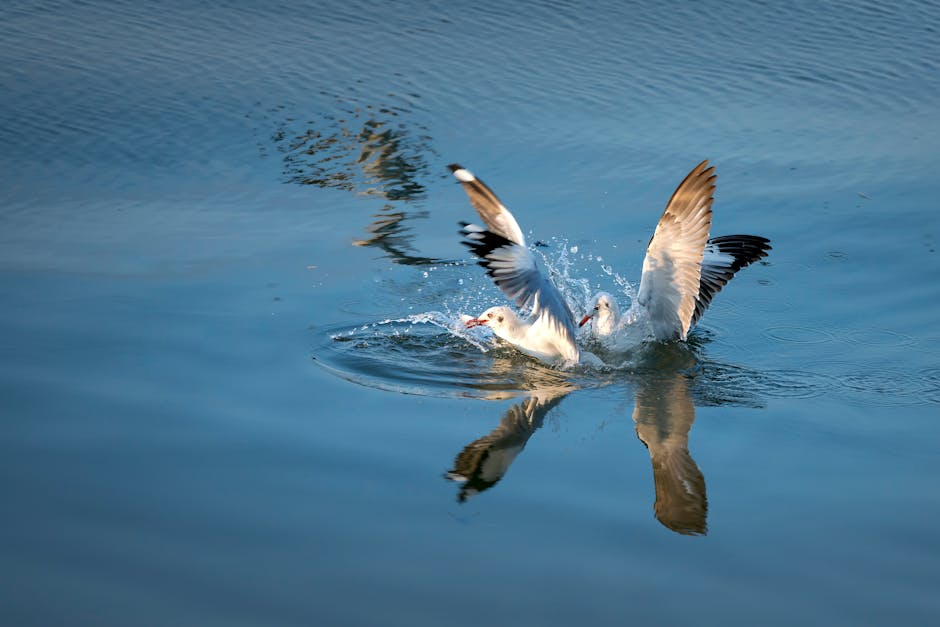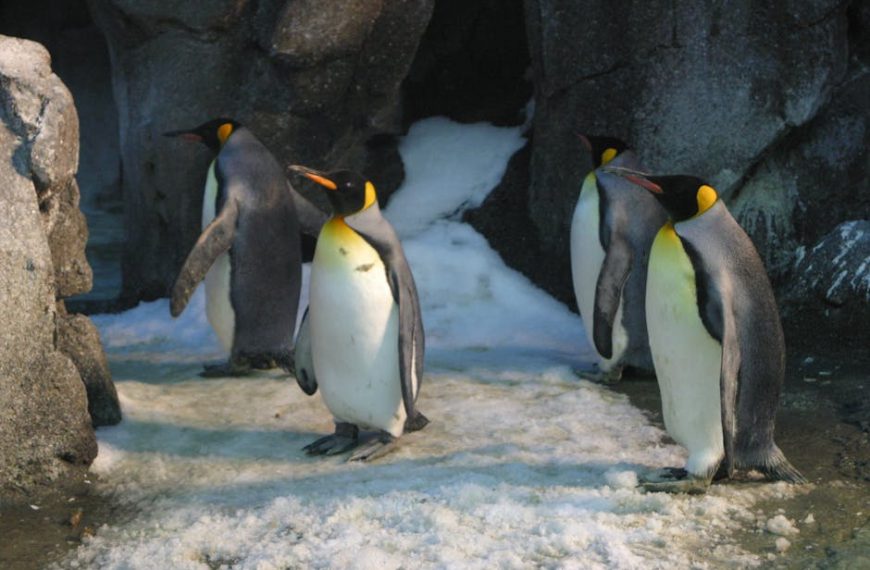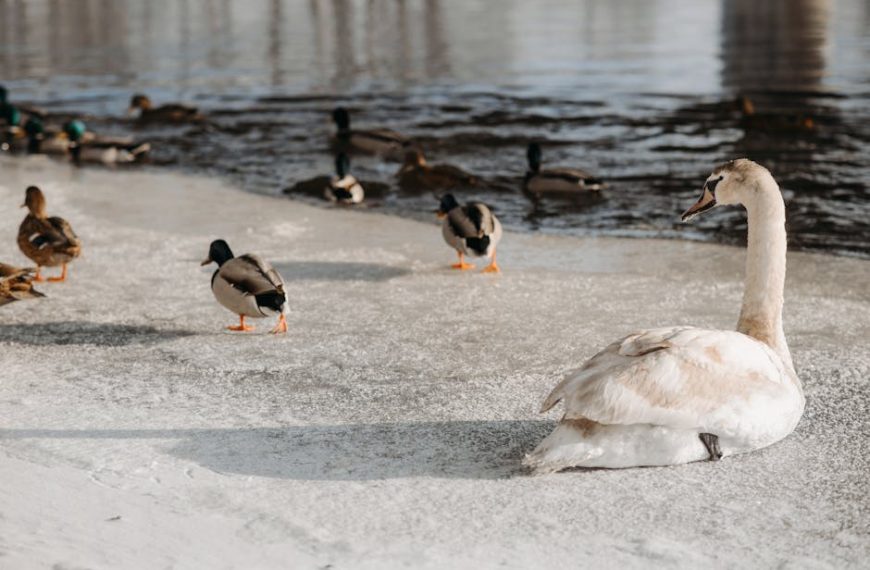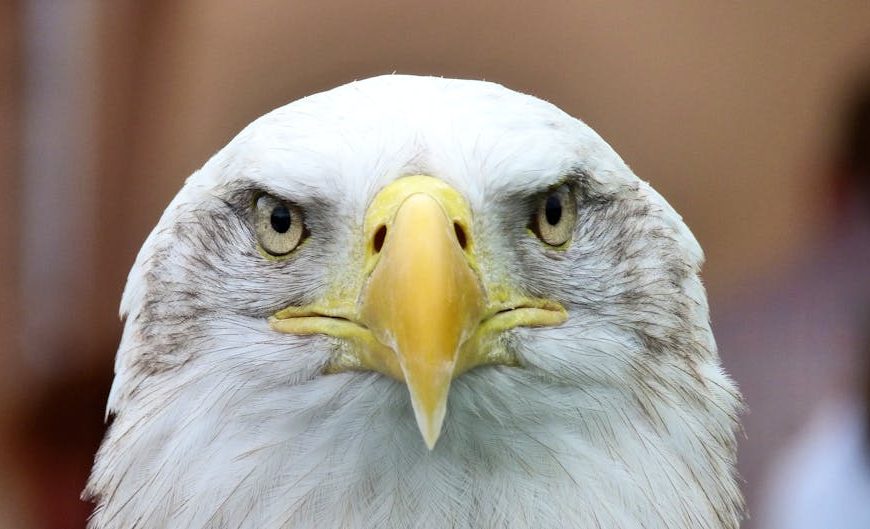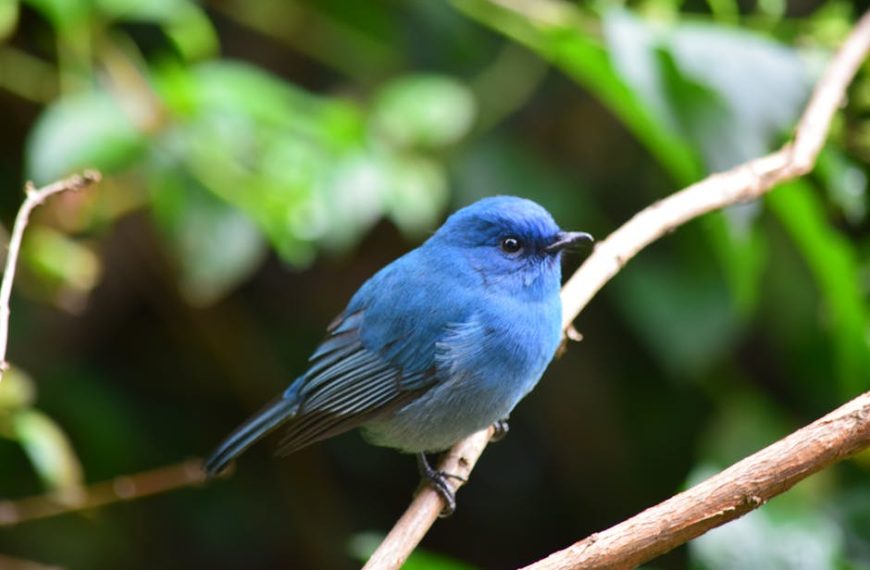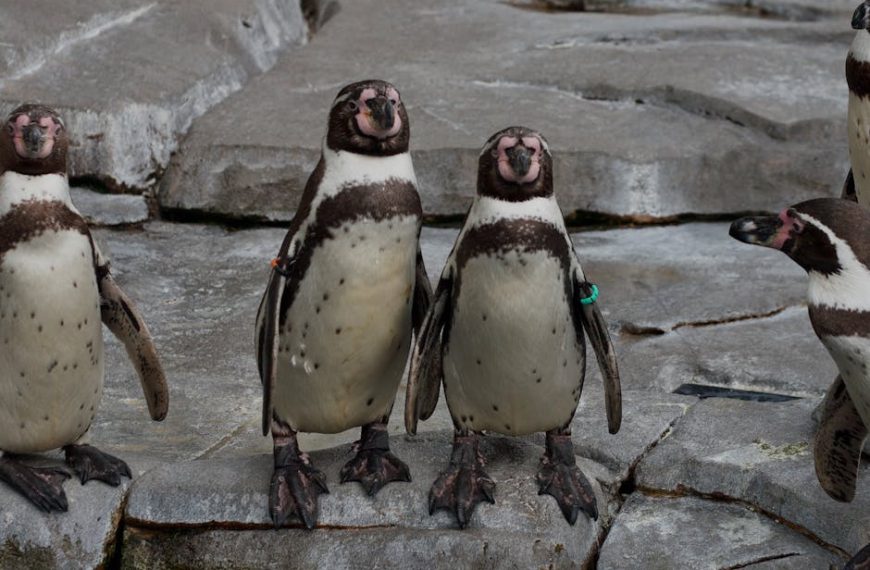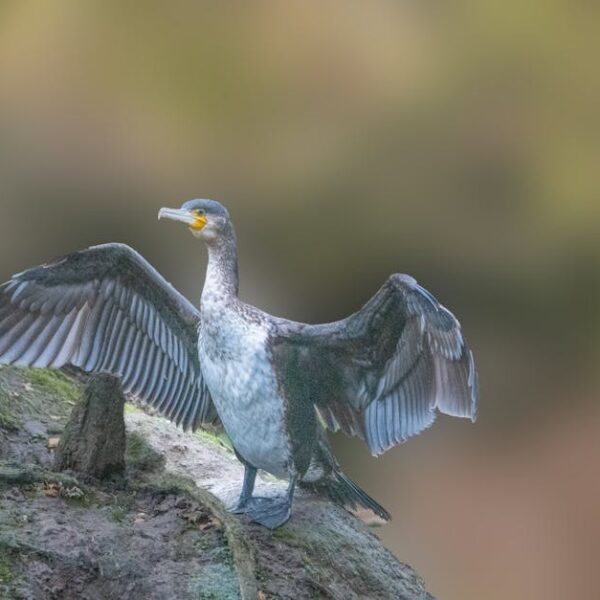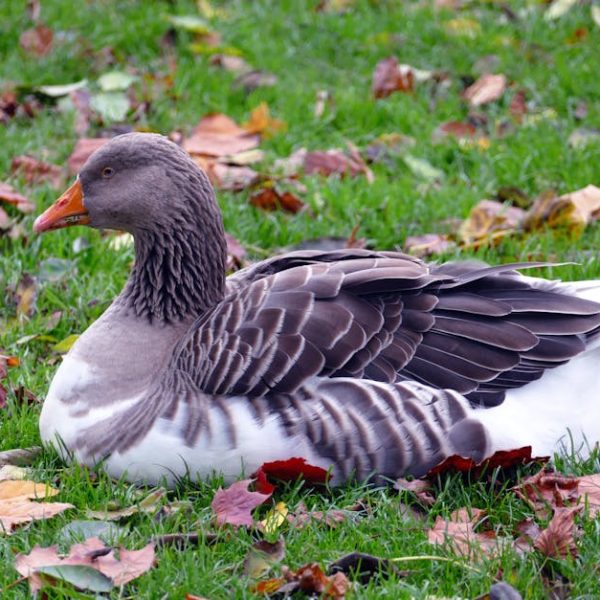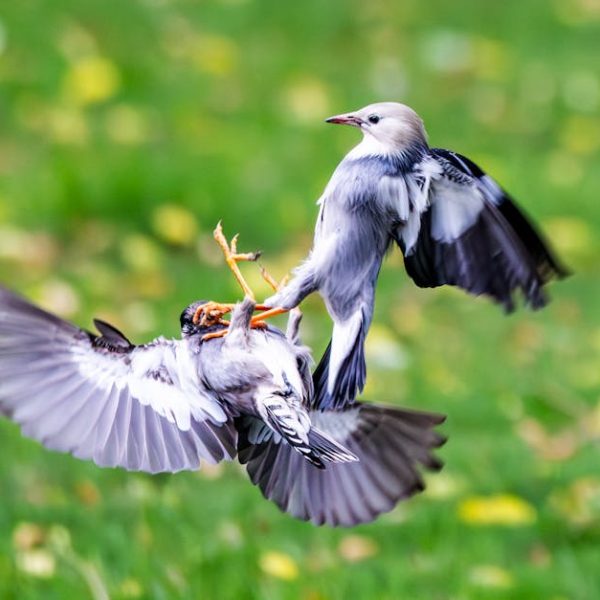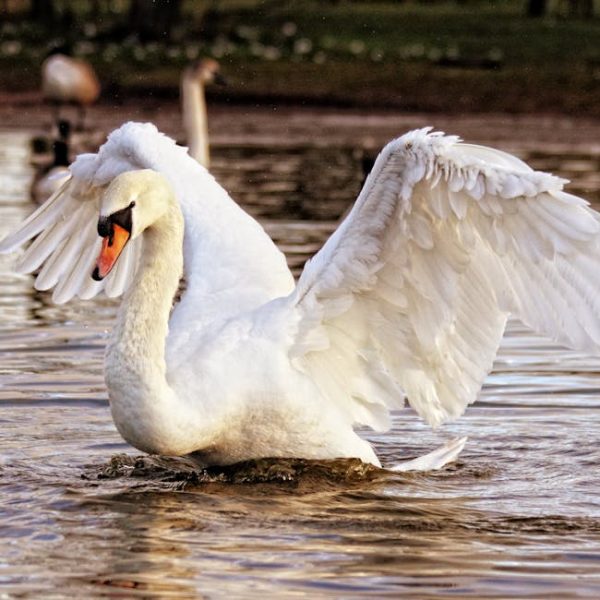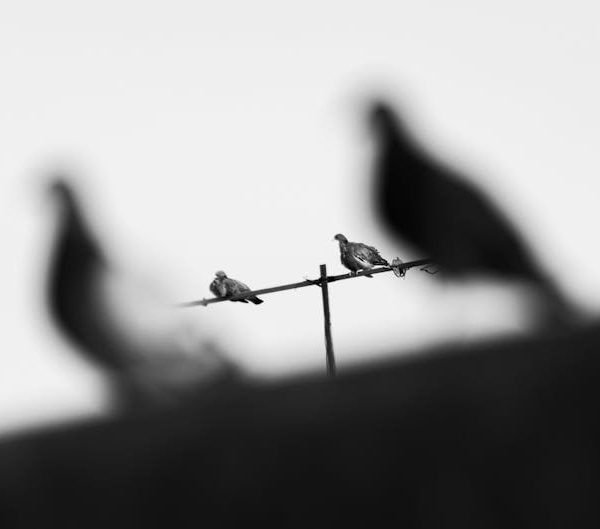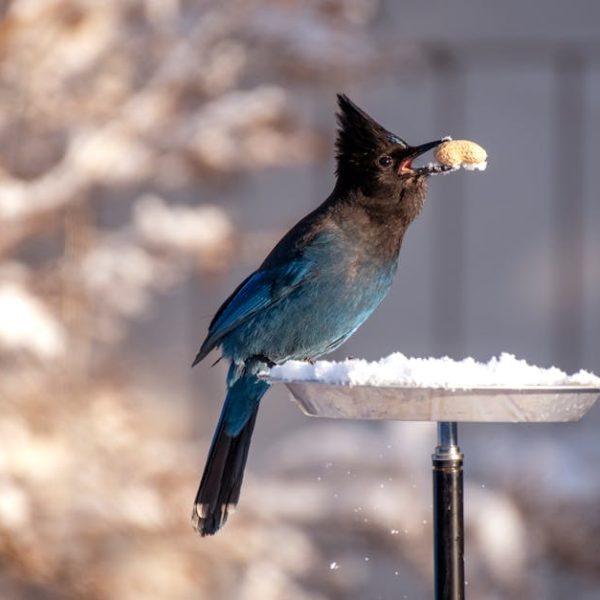Why do birds play in the dirt? This question has befuddled many, until now. Their intriguing act is not due to their adoration of the soil rather it’s a behavior known as dust bathing – a phenomenal act that gives insights into the complex lifestyles of these airborne creatures. While from afar, it might appear as some lighthearted antics, a closer look reveals an intricate process that involves scratching, shaking, spreading wings, and rolling in the dirt. It’s a riveting scene to watch but it serves a purpose that goes beyond mere entertainment.
Pro Tip: Pay attention to these tiny janitors of nature. Their detailed dust bathing routine showcases the nuanced and compelling aspects of avian life.
Bathing Without Water: The Biological Rationale
Dust bathing, despite what its moniker suggests, is an act of cleanliness. Birds, ingenious in their ways, have taken hygiene to a new level. They capitalize on the abundant resource that the Earth provides – dust. It might seem peculiar that birds use dust to cleanse themselves, but it’s a pragmatic and efficient solution. This unique phenomenon allows birds to control parasites and rake through their delicate feathers to expel old scales or excess oil. A process that’s perhaps curiously messy yet conducive for their well-being.
The benefits aren’t limited to their feathered coats alone. Birds are exceptional when it comes to their skincare regime. The list of advantages that dust bathing yields are noteworthy:
- Feather Care: Birds keep their plumage pristine and aligned, maintaining their flight capabilities.
- Parasite Control: They abate the nuisance of parasitic pests, enhancing their health.
- Skin Care: They exfoliate their skin, keeping it smooth and soft.
Species Specific Bathtubs
Not all birds flock to the same dust bathing arena. Some are particular about their bathing areas, showcasing unique preferences. For instance, sparrows adore sandy locations. They jive perfectly with the soft grains that give their delicate feathers that gleam. On the other hand, you’d find pigeons tending to prefer dusty or grimier spots. Perhaps it’s their gray plumage that syncs with the darker hue, but this choice helps them maintain their radiance.
Dusting Preferences Among Birds:
| Type of Bird | Preferred Bathing Spot |
|---|---|
| — | — |
| Sparrows | Sandy Areas |
| Pigeons | Dusty Spots |
The reasons for these preferences are speculative at best, but they reflect the vast diversity in our avian neighbors. So next time when you spot a bird flopping in the soil, appreciate their meticulous care-taking and the adaptive strategies that have formed over millennia.
Our Part in their Pampering Session
Although we might be mere spectators to this amazing phenomenon, our actions undeniably influence these routines. Increasing urbanization and human activities potentially upset the dust bathing habits, making it essential for us to be conscious of our actions. However, we can turn this around and, in fact, help birds perform these hygiene routines in our backyards. By maintaining a safe, suitable environment, we can facilitate their dust bathing and contribute to fostering the well-being of our feathered friends.
The checklist for creating a gentle haven:
- Natural Ground: Maintain an area with natural dirt or sand.
- Quiet Corner: A secluded spot where they can bathe without interruptions.
- A Watchful Distance: Respect their space and observe from afar.
Finally, birdwatching will never be the same once you understand the significance of their quaint dust bathing. However, it’s not as bewildering as one might perceive. By debunking the myths and misconceptions surrounding dust bathing, we help create a more informed community that can better appreciate and protect these beautiful creatures. A practical way of preserving the balance of our shared eco-system.
Clearing the Air: Dispelling Bird Baths Myths
Birds playing in dirt carries certain antediluvian myths tightly woven in the tapestry of folklore. Some believe it’s a sign of incoming weather change, while others see it as birds innocently playing. However, these notions often cloud our understanding of this intriguing behavior. It is not a spectacle of leisure or an avian charade for predicting weather changes. It’s a bird’s answer to maintaining hygiene and health, a natural defense mechanism which has been observed in dozens of species worldwide.
Here are some unwarranted fallacies associated with dust bathing and their clarifying truths:
- Myth: Birds play in the dirt for fun!
Fact: Although it might appear as though birds are frolicking, dust bathing is a serious grooming routine for them.
- Myth: Birds rolling in the dust indicates a change in weather!
Fact: This belief does not hold any scientific corroboration. Dust bathing is part of regular bird behavior irrespective of weather conditions.
Bird behavior, laden as it is with nuances, requires an open mind willing to learn and debunk misconceptions. The dust bathing of birds, a hidden self-preservation act masquerading as dirt play, is one such fascinating example.
Best Practices: Arm yourself with knowledge and a keen eye. Recognize that dust bathing is a practical, natural activity rather than a whimsical play. This understanding will not only foster a deeper appreciation of avian life, but it will also promote their conservation as we learn to nurture their habitats, aiding in the intricate tapestry of life. With this understanding, we form a harmonious connection with our delightful feathered companions, resonating much deeper than simply spotting them in the backyard.
Key Takeaway:
- Birds play in the dirt as part of a cleaning ritual called dust bathing.
- Dust bathing helps birds maintain feather care, control parasites and care for their skin.
- Different bird species perform dust bathing in different ways, with some choosing sandy areas, while others prefer dusty or dirt-filled spots.
- Human activities and urbanisation can influence birds’ dust bathing habits.
- It is important to dispel myths associated with birds playing in the dirt to create a better understanding of this behavior.
Observing birds dust bathing can be a fascinating exercise, allowing us to appreciate and better understand parts of their complex lives. The act of dust bathing serves practical purposes for birds, such as maintaining hygiene. As humans, it would be beneficial to foster environments that would support such behaviors, contributing to a healthier avian population.
FAQs
Q: Can the type of dust or dirt affect the effectiveness of a bird’s dust bathing routine?
A: Yes, birds choose their dust bathing spots based on certain preferences. The type of dust or dirt can certainly affect the effectiveness of the entire routine.
Q: Are there any risks or disadvantages associated with dust bathing for birds?
A: Dust bathing, like all other natural behaviours, might carry minimal risks but they are generally outweighed by the numerous benefits that this practice provides for the birds.
Q: Can human-made dust baths for birds, in backyards or parks, be beneficial?
A: Yes, human-made dust baths can be beneficial provided they are made keeping in mind the natural preferences and requirements of birds.
Q: Can we predict bird behavior or weather patterns by observing dust bathing?
A: No. Dust bathing is a regular behaviour of birds and does not predict weather changes or other bird behaviors.
Q: Are there any other animals, apart from birds, who dust bathe?
A: Yes, dust bathing behavior can be seen in several other animals, such as chinchillas and elephants.
Encourage others to learn about the interesting behavior of dust bathing in birds by sharing this article. If you enjoyed learning about birds, consider exploring more animal related topics on this website.
